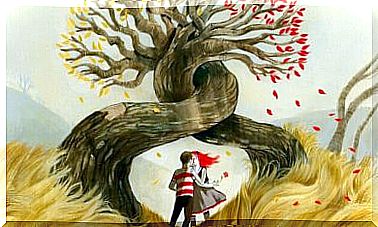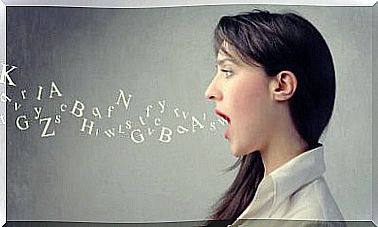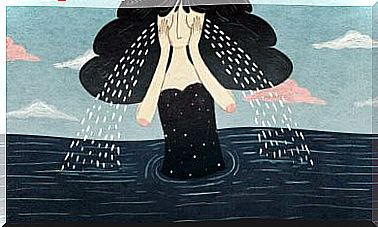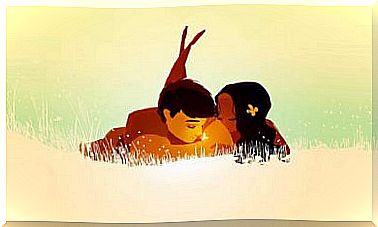Loving Vincent, Story Of A Suicide

Vincent Van Gogh is one of the most recognized painters in the world. His work, like that of painters such as Leonardo Da Vinci and Salvador Dalí, is known to thousands of people. The starry night and its sunflowers are reprinted on mugs and bags. We have seen them on the internet and on television.
His popularity is the reason why the movie Loving Vincent has been so successful at the box office. Released in 2017, Loving Vincent is an animated feature film about the life and mysterious death of the painter. Directed by Dorota Kobiela and Hugh Welchman, each of the film’s frames is an individual oil painting. More than 125 painters worked non-stop for years to make this masterpiece possible.
The film is based primarily on research by art historians into the life of the painter. So, today we ask ourselves, who was Vincent Van Gogh?
Vincent, an unconventional painter
Vincent Van Gogh was born in Holland in 1853, into a Protestant family. Some might say that at the time of his birth, Van Gogh was already born attached to a bad omen. Vincent received the same name as his older brother: a boy who was stillborn exactly one year earlier. During his childhood, Van Gogh would be a reserved and taciturn child, the eldest of six siblings.
After dropping out of school, Vincent began working at an art trading company. While he was an apprentice at Goupil & Co., one of the most important international merchants at the time, he developed his love of painting.
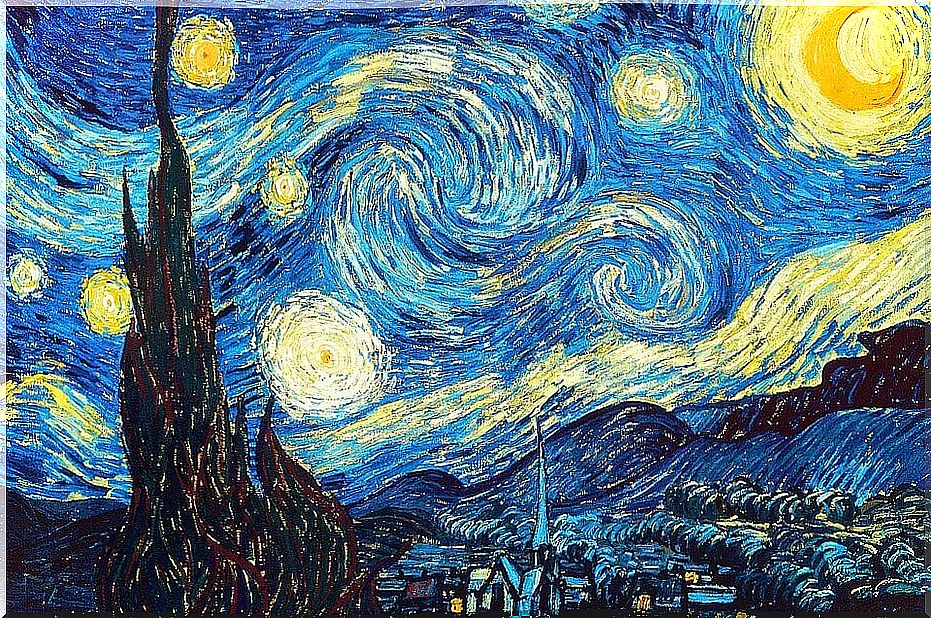
Despite greatly enjoying contact with art, the job of a merchant was not for Van Gogh. In a few years, his disinterest in work caused him to be fired. After his failure as a merchant, Van Gogh decided to dedicate his life to religion.
While traveling through Holland and Belgium preaching the gospel, Van Gogh developed his artistic vision. In this period he begins to paint. Already in his first sketches you can see themes that in the end would be recurring. Among his artistic concerns is life in poverty, the countryside, autumn and winter nature. Above all, Van Gogh dedicated his painting to the working class: the working class life. These themes are consistent with his upbringing as a Protestant.
Van Gogh was an incredibly prolific painter: throughout his career he painted around 900 paintings. In addition, at least 1600 drawings are attributed to him. Van Gogh belongs to that artistic trend called Post-Impressionism. In this movement, the most important thing is to capture the movement and the light. In Van Gogh’s paintings, the lines are loose and full of color.
Letters to Theo
Much of the information we have on Vincent has been collected from his correspondence. Vincent was always an inveterate writer. Theo, Vincent’s younger brother, was the one to whom most of the letters would be addressed. More than 600 letters from Vincent to Theo are preserved, who preserved them in perfect condition.
Four years younger than Vincent, Theo was an unconditional supporter throughout his life. From a young age, Theo and Vincent developed a close friendship. Theo deeply admired his older brother.
For this reason, when he turned 15 he began working in the same company as an art dealer. Unlike Vincent, young Theo would remain with the company for his entire life. This work gave him the financial stability that would allow him to finance Vincent’s artistic ideas.
From a very young age, Theo began sending remittances to Vincent, who was never financially comfortable. From his letters, it can be seen that Vincent constantly made requests of Theo. Theo was a friend and patron, and his relationship with Vincent was both professional and personal. Their friendship was very deep, and they both shared an unconditional love.
Goodbye, Van Gogh
Vincent Van Gogh dies in very suspicious and unusual circumstances. After taking a walk around the town, the painter returned home with a shot in the abdomen. Although he survives for a few days, Van Gogh dies of blood loss and possible infection. Theo travels and is able to see his brother just before his passing.

Although the theory that Vincent had committed suicide was theorized for decades, recent research suggests otherwise. From the angle of the shot, it is unlikely that Van Gogh would have shot himself. At the same time, there were two boys on vacation in the village. The Secretán brothers were unruly and liked to shoot animals in the field. It is quite possible that a shot hit the painter, who would not have wanted to betray the young people.
After the death of the painter, the young Theo falls into a deep depression. It seems as if the lives of both have been tied. Despite having a young son and a wife, Theo cannot recover from the blow. One year after the death of his brother, Theo Van Gogh dies.
It is Theo’s wife who is dedicated to the task of collecting the letters between the two years later. She also knew the art dealer trade. In this way, he also seeks to group all the paintings and drawings that Vincent made.

